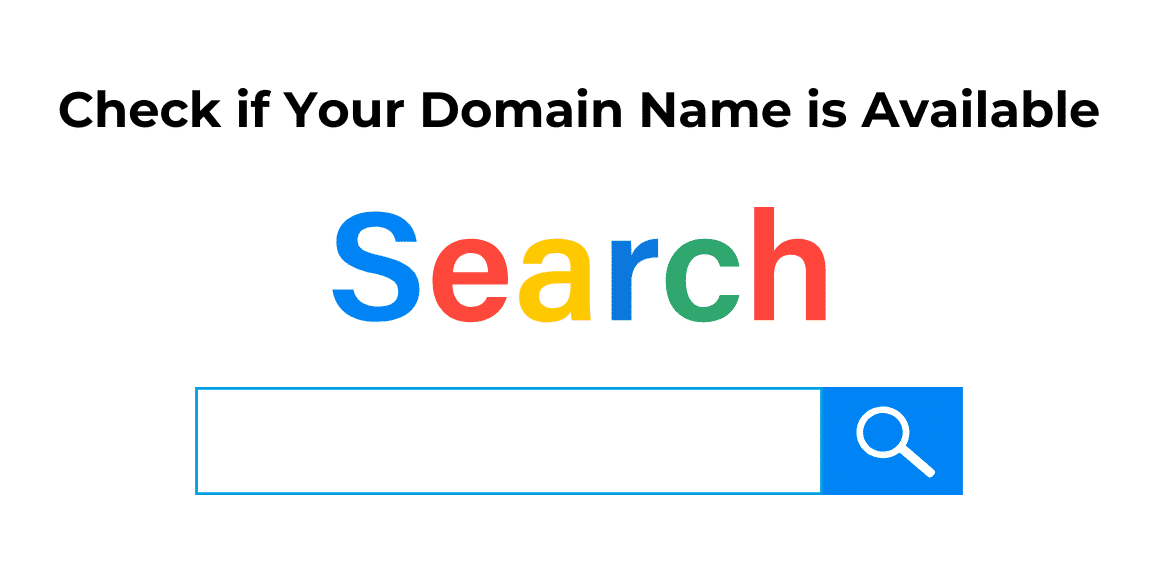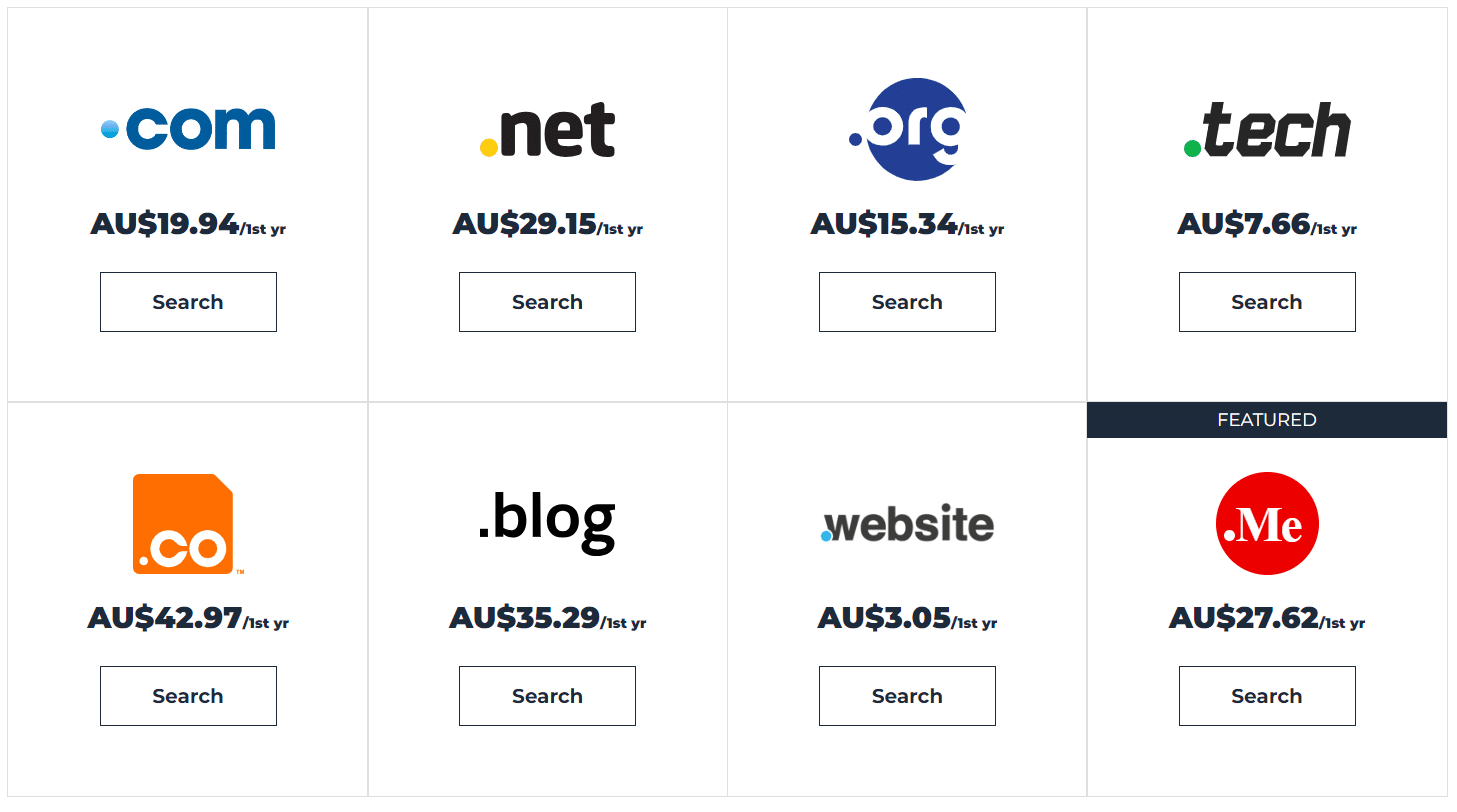If you want to establish an online presence in Canada, buying a domain name is one of the first steps. But with so many options available, it can be overwhelming to know where to start.
This guide will walk you through choosing the right domain name and finding the best registrar to purchase it from.
Understand the Importance of a Good Domain Name
Your domain name is the foundation of your online presence. It’s the first thing people see when they visit your website and how they’ll remember you.
A good domain name should be easy to remember, spell and relevant to your brand or business.
It can also impact your search engine rankings, so it’s essential to choose wisely. Take the time to brainstorm and research before settling on a domain name.
Choose the Right Domain Extension
When choosing a domain name, it’s essential to consider the extension or top-level domain (TLD) that you want to use.
In Canada, the most popular TLD is .ca, which is specifically for Canadian businesses and organizations. However, options like .com, .net, and .org may be more suitable depending on your business goals and target audience.
Consider the purpose of your website and the message you want to convey before deciding on a domain extension.
Conduct a Thorough Domain Name Search
Before purchasing a domain name, it’s essential to conduct a thorough search to ensure that the name you want is available and not already used by another business or organization.
Start by brainstorming a list of potential domain names that align with your brand and business goals. Then, use a domain names search tool like GoDaddy or Namecheap to check the availability of each character.
Searching for similar names or variations is also a good idea to ensure your chosen name is unique and not easily confused with another business.
Compare Domain Registrars and Prices
Once you have chosen your desired domain name, it’s time to select a domain registrar.
A domain registrar is a company that manages the reservation of domain names. Some popular domain registrars in Canada include GoDaddy, Namecheap, and Hover. It’s important to compare prices and features different registrars offer before deciding.
Look for a registrar with good customer support, easy domain management tools, and competitive pricing.
Remember that some registrars may offer discounts or promotions for first-time customers, so check for any available deals.
Secure Your Domain Name and Protect Your Brand
Once you have purchased your domain name, securing it and protecting your brand is essential.
One way to do this is by purchasing additional domain extensions, such as .ca or .net, to prevent others from using a similar domain name. You can also consider buying domain name variations, such as misspellings or different word orders, to prevent others from capitalizing on your brand.
Additionally, consider setting up domain privacy protection to keep your personal information, such as your name and address, private and secure. This can help prevent spam and unwanted solicitations.
Buying a Domain Name in Canada
To buy a domain name in Canada, you can follow these general steps:
- Choose a Domain Registrar: Select a reputable domain registrar that offers domain registration services in Canada. Popular domain registrars include Bluehost and Domain.com.
- Check Domain Availability: Use the registrar’s domain search tool to check if your desired domain name is available. You may need to consider alternative options or variations if it’s already taken.
- Choose a Domain Extension: Decide on the domain extension (e.g., .ca, .com, .net) that best suits your website and target audience. For a Canadian-focused website, consider using the .ca extension.
- Complete the Registration Process: Follow the registrar’s instructions to register the domain name. You’ll typically need to provide your contact information and payment details. Be sure to review and agree to the terms and conditions.
- Verify Ownership: After completing the registration process, you may need to verify your domain ownership. This could involve confirming your email address or responding to an email from the registrar.
- Configure DNS Settings: You must configure the domain name system (DNS) settings once registered. This involves specifying the domain’s DNS servers or setting up DNS records for your website, email, or other services.
- Protect Your Domain: Consider adding domain privacy protection to shield your personal information from being publicly accessible in the WHOIS database. This helps protect your privacy and reduce spam.
- Renew Your Domain: Domain names require regular renewal, typically annually. Set up auto-renewal or not renew the domain before it expires to ensure you maintain ownership.
It’s important to note that specific procedures and requirements may vary among different domain registrars.
Always refer to the registrar’s documentation or contact their support for detailed instructions on purchasing a domain name in Canada.



